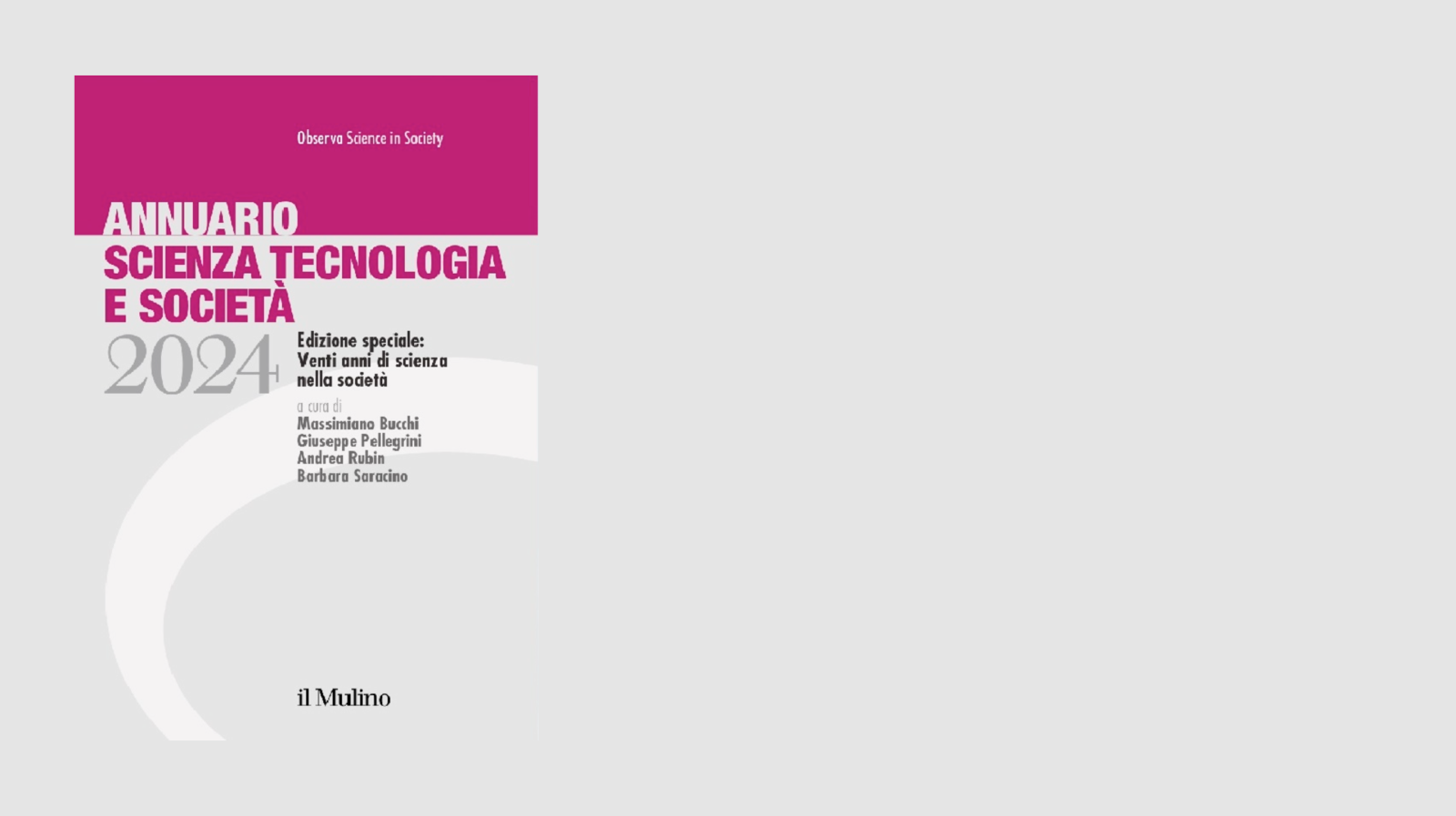The
discovery of the Higgs boson is an extraordinary success for
modern science and the technology associated with it. It confirms, in
particular, the validity of scientific research in theoretical and experimental
physics and is a very important step forward in
our understanding of the fundamental forces and constituents of nature. It is a great achievement for humanity that some scientists, not only Higgs but also Brout and Englert may have predicted almost fifty years
ago, on the basis of exquisitely theoretical considerations, the existence of this
particle, and that, on the basis of this theory, the so-called "Standard Model"
(SM) of elementary particles has been developed; that for nearly forty years
progressively more sophisticated measurement tools have been constructed, overcoming all sorts
of technological difficulties, which have led to phenomenal discoveries confirming
all the major aspects of the SM, from neutral currents to the particles carrying the
weak force, responsible for radioactivity; that, bringing together a community of
thousands of physicists and technologists from around the world, the "Large
Hadron Collider" (LHC), a work of about 10 billion euros, has been built, to find the Higgs particle, the last and
more elusive component of the Standard Model .
This particle, and its
properties, are also fundamental to understanding the universe surrounding
us, and we all hope that new horizons can open up quickly
allowing us to explain the still many unsolved questions.
Beyond the deserved satisfaction, this discovery, however, risks leaving physics research at a dead end for a long time in case the particle announced on 4 July at CERN is indeed the "standard" Higgs boson.
Almost immediately after its formulation,
in fact, it was clear that the Standard Model equipped with the Higgs boson is
plagued by serious conceptual problems, which make the theory deeply
unstable, and for this reason many theoretical physicists, including the world-famous
Stephen Hawking, do not like the solution found by the Scottish physicist.
To overcome this instability,
in the last thirty years or so, dozens of alternative theories have been developed
known as BSM, i.e. "Beyond the Standard Model"
that solve, or at least
partially alleviate the issues raised by the SM. Some of these did not
stand the test of experimental data, others, such as the Supersymmetry and some
theories without a Higgs elementary particle are still potentially
viable. In many cases they also respond to some fundamental questions
left unresolved by the SM: what is the dark matter (which
makes up about 95% of matter in the universe and of which we can only see
the gravitational effects), how was the asymmetry that
we observe in the universe between matter and antimatter generated; which mechanism provides
a mass to neutrinos. The Standard Model also says nothing about the unification
of the forces (the Holy Grail of all physicists), in particular
about the unification of other forces with that of gravity, whose
quantum formulation has not yet been found despite nearly a century of
attempts.
Practically all BSM theories predict the existence of new particles in addition to those known and, in general, the lightest of these new particles can be identified with the dark matter that pervades our Universe. For nearly three decades we have been hunting for these extra particles, which did not show up so far, and in any case we would have expected that the the LHC experiments could find the energies explored so far, which did not yet occur.Although the first data on the probability of disintegration point to the Higgs boson, the hope is that the CERN particle, on the basis of more accurate measurements, turns out to be part of an "extended" Standard Model. But this we will know only by continuing to deepen our research, both from an experimental and a theoretical standpoint.
If, on the other hand, it were just the Higgs boson of the SM, and nothing else were discovered, we would be in big trouble, with no suggestions for the directions to take in order to solve the problem of instability of the theory, or explain the nature of dark matter.


